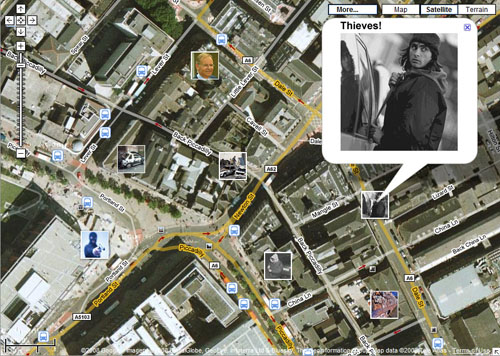When it comes to criminal investigations, there are certain things that law enforcement can’t live without. DNA is one such element. Witnesses are also important. And then there’s video – a technology that’s singlehandedly transformed the way in which police officers and investigators approach criminal cases.
The Importance of Video
We live in a world where facts don’t seem to matter. They can easily be faked, manipulated, or hidden. It’s easy to make lies and fiction look like truth. The internet, evolving technology, and clever new strategies have made this possible. In light of this, very few reputable sources of information remain: video is one of them.

You can easily manipulate a piece of written content. Photographs can be Photoshopped without the changes being detectable. Even audio clips can be spliced together or edited to make it sound like something else. Video, on the other hand, is nearly indisputable. Aside from some cases of particularly well-executed deepfake videos, video is relatively bulletproof. This makes it an incredibly powerful source of evidence in criminal investigations and court cases.
3 Ways Video is Used to Solve Crimes
Video is also renowned for its versatility. As both hardware and software improve, law enforcement has access to even more feature-rich technologies. Here are some specific ways video is being used to solve crimes:
- Interview Recording
In most states, audio and video recording is required for a suspect interrogation to be considered admissible in the court of law. In all states, it’s considered a smart practice. Not only does it create the opportunity for more evidence, but it can also protect law enforcement from accusations of harassment or illegal behavior.
Over the past few years, technology for interview recordings has improved significantly. The VALT system from Intelligent Video Solutions (IVS) is a great example.
“Recordings can be launched directly from a device running the software, from a button outside the room, or from an access control panel,” IVS explains. “Video files are indexed and easily searchable based upon your department’s search requirements and/or any notes taken during the interview. Extensive permissions and rights allow you to segment which users have access to specific videos and features of the VALT application.”
As video recording solutions add features like these, it becomes easier for law enforcement to intelligently gather video information that supports their cases.
- Surveillance Cameras at Crime Scenes
Most people would be shocked by the amount of video recording that’s done in public. There are security cameras on people’s homes; traffic cameras; CCTV inside and outside of stores and restaurants; and dash cameras inside personal and company vehicles.
While it’s somewhat creepy to think about all of the surveillance that exists, these video recordings represent a treasure trove of evidence for criminal investigators. They make it possible to track the movements of suspects and victims and to build a real-time profile of where they were at the time a crime occurred.
- Body Cameras
For many years, crime scene investigators and law enforcement officers have recorded video at murder scenes and other similar environments.
“Videotaping is valuable for showing an overview of the crime scene and should be considered in major cases,” forensic photography instructor Steven Staggs writes. “While video cannot replace still photographs due to its lower resolution, videotaping does provide an easily understandable viewing medium that shows the layout of the crime scene and the location of evidence. Video tapes of crime scenes are not often used in court, but they are valuable illustrations for explaining the scene to other investigators and are often used to refresh the memory of those who were involved in processing the crime scene.”
In addition to recording crime scenes as part of the investigative process, most of today’s law enforcement officers wear body cameras and are required to turn them on when they step onto a crime scene. This allows for a raw, first-person look at everything the police officer sees. This footage is frequently used in court to support the details of a case.
Putting it All Together
Video is far from perfect – but it’s one of the best ways of gathering evidence in a criminal investigation. The more video law enforcement has, the more likely it is they’ll be able to identify and prosecute the perpetrator. This gives everyone, except criminals, reason to be excited.
 Gearfuse Technology, Science, Culture & More
Gearfuse Technology, Science, Culture & More


